Welcoming a new baby into the world is an exciting time. It’s also the most hectic because before you know it, you’re little one will be crawling off across the floor faster than you can say “Paw Patrol.” Keeping your child safe once they are mobile is imperative. There are so many things that can cause curious little ones harm once they’re on the go. That’s why baby proofing your home is so important.
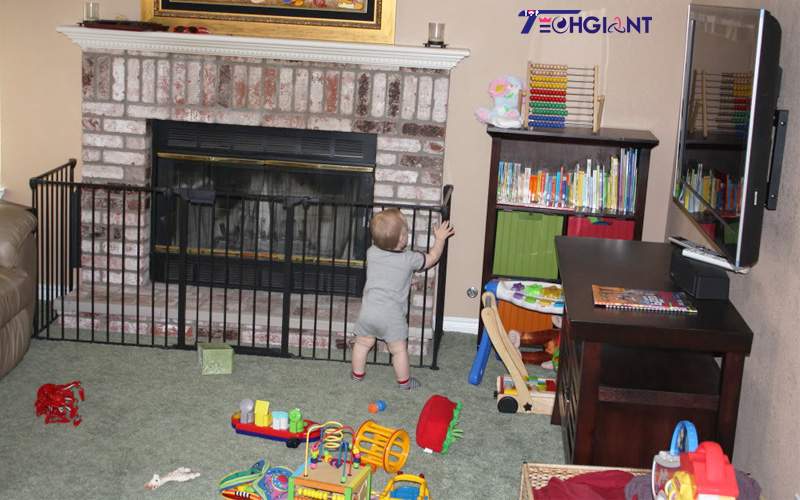
As with all things baby, there is no end to the products that are available devoted to helping you keep your child safe during these young and inquisitive years. It can be difficult as a new parent to determine which of these things are a must while others aren’t completely necessary.
Note: If you need a product to monitor your baby from anywhere in the world, then you can read the following article “take care and monitor your baby from home and abroad“.
Here, we’ve got the scoop on the 5 baby proofing products that every home needs.
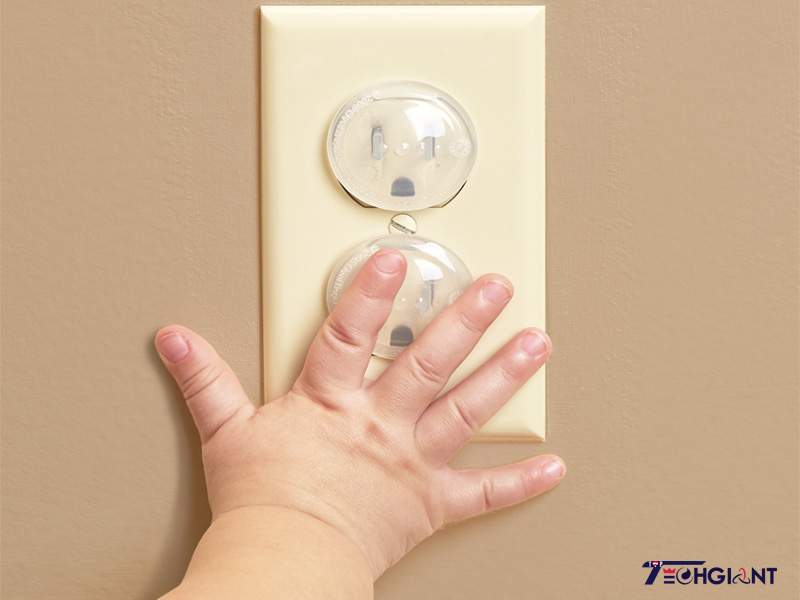
Quick Navigation & Previews
1. Outlet covers
No home with small children should ever be without outlet covers. Outlets are generally right on eye-level for babies and toddlers. Just like everything else, your child will be curious about the holes in the outlets. Covering them with those hard plastic outlet covers will keep your child safe even if they poke at them with prying fingers or hit them with toys. Plus, they are incredibly cheap too so they won’t break the bank.
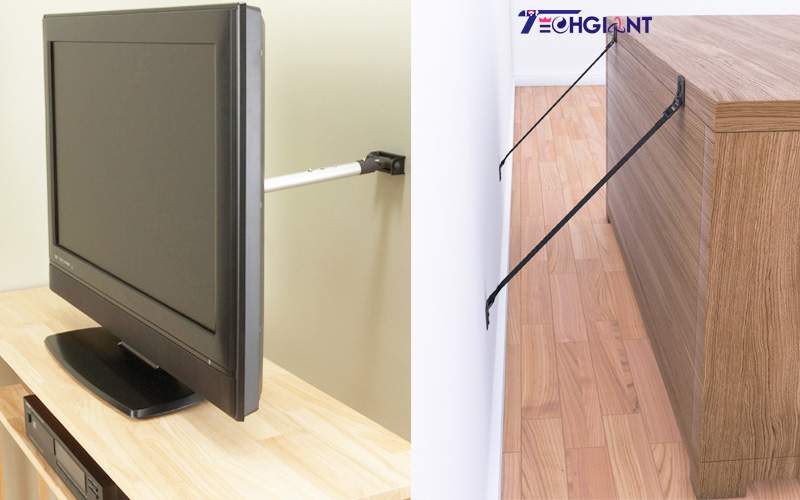
2. Furniture safety brackets
One of the leading causes of harm to babies and toddlers is furniture that can topple over. As your baby learns to walk, he will hold onto walls and any furniture he passes by to stabilize his balance. Top-heavy furniture should always be bracketed to the wall. If you have new furniture, a child safety bracket packet should be included. But for things you’ve had a while, bolt that furniture to the wall. Even the most vigilant of parents can turn around to find her child crawling into or onto something. Should your child decide to climb up the dresser in the nursery, you can breathe a huge sigh of relief when that piece of furniture is safely attached to the wall.
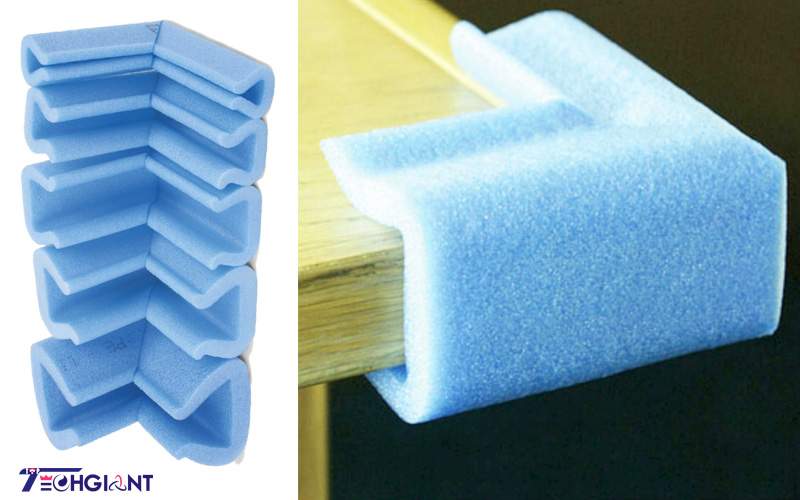
3. Foam corner protectors
As mentioned before, small children will use whatever furniture they can to balance when they’re trying to walk. And even once they get the hang of walking on their own, low-lying tables and other sharp corners pose a big danger. Fitting them with foam corner protectors helps minimize the damage when they do bang their heads.
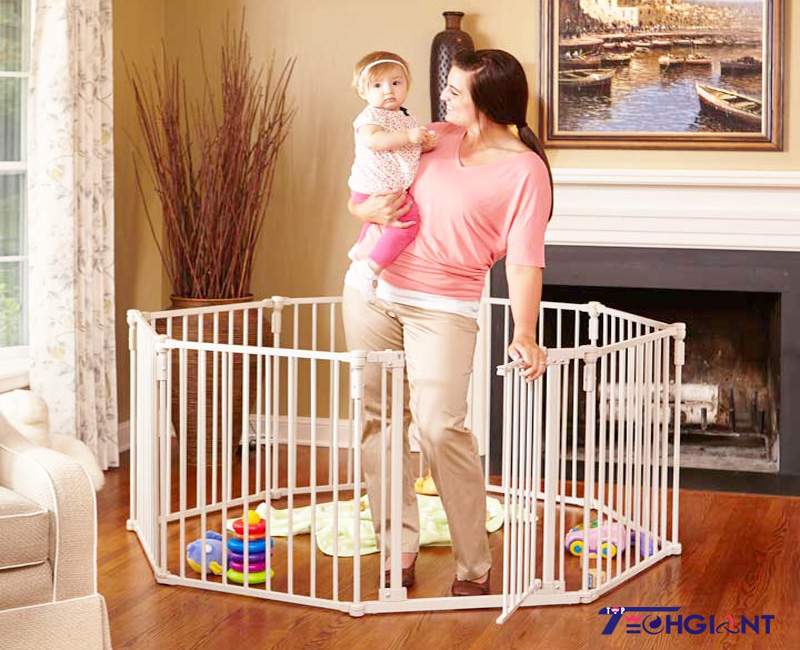
4. Adjustable gates
You don’t need to have stairs in order for an adjustable gate to be your best friend in protecting your child. You can use them to keep your baby safe in the den or out of the kitchen too. Since they can be moved around to any doorway, some even adjusting for wider spaces, they are a versatile and helpful baby proofing product.
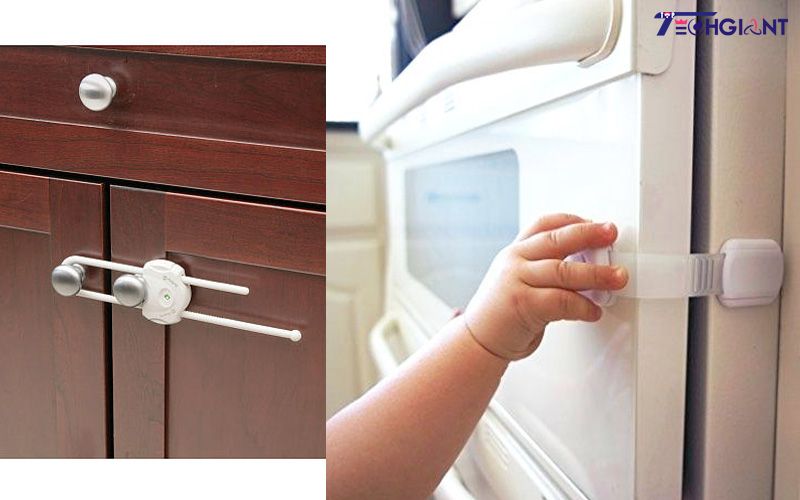
5. Baby-proof cabinet locks
The young mind must explore in order to develop. Leaving some cabinets accessible, like those with harmless pots for banging, are good for explorations. Cabinets and drawers that house more dangerous items like cleaning products or sharp knives, should be fitted with baby proof cabinet locks to avoid catastrophe.
There are many other baby proofing products you will find useful for your home, but every home with a small child can benefit from these 5 top baby proofing products no matter where they live!
Should You Splurge on Baby Products?
Becoming a new parent means buying baby products. But long before that baby arrives, many new parents are busy preparing for the baby’s arrival. There are millions of baby products out there. Some are necessities while others are a luxury of extra convenience.
As you look at these items, you’ll find major discrepancies in regards to prices. Some brands will be cheaper than others and you’ll wonder if paying a higher price makes it a better item for your baby. You’ll also wonder what items really warrant the most budget.
A good rule of thumb is to stay within your budget and focus your expenses on the things that are absolutely essential for your baby’s healthy life. Here’s a quick guide to things you should splurge on and things you shouldn’t.
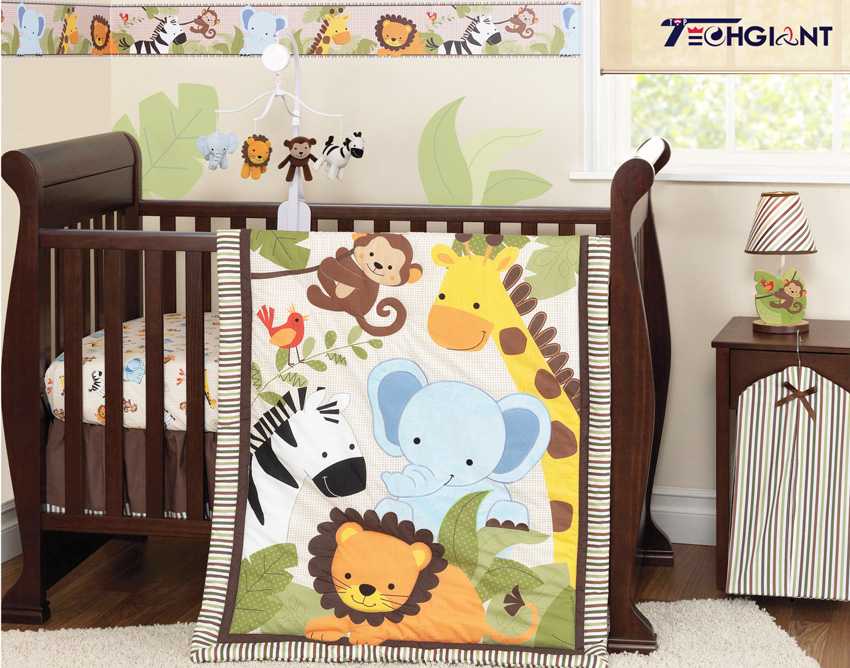
Splurge: Crib
Your baby will spend most of his time sleeping for the first few months of his life. So the crib you choose must be safe and free of recalls. While it’s tempting to buy a second-hand crib or accept an old one from a friend or family member, buying a new crib is the only way to ensure complete safety. Older cribs can lose screws very easily and even losing one can pose a serious danger. That doesn’t mean you need to spend thousands of dollars, but you should be prepared to invest in a proper crib.
Don’t splurge: Baby clothes
That adorable fancy dress will definitely look precious in photos. But one diaper blowout or spill of food or drink could destroy it forever. Is it worth $100? Not at all. You can find plenty of adorable clothes for your baby without spending more than you would on things you’ll wear for the next few years. Babies grow incredibly fast too. You may only get to dress your child in that fancy dress once before she’s too big if you even get the chance at all. Many moms have spent a small fortune on baby clothes only to have those clothes be too small – even right after the birth! Another thing to remember is that some of these materials may not be comfortable for your baby. Choose soft, easy to wash fabrics instead.
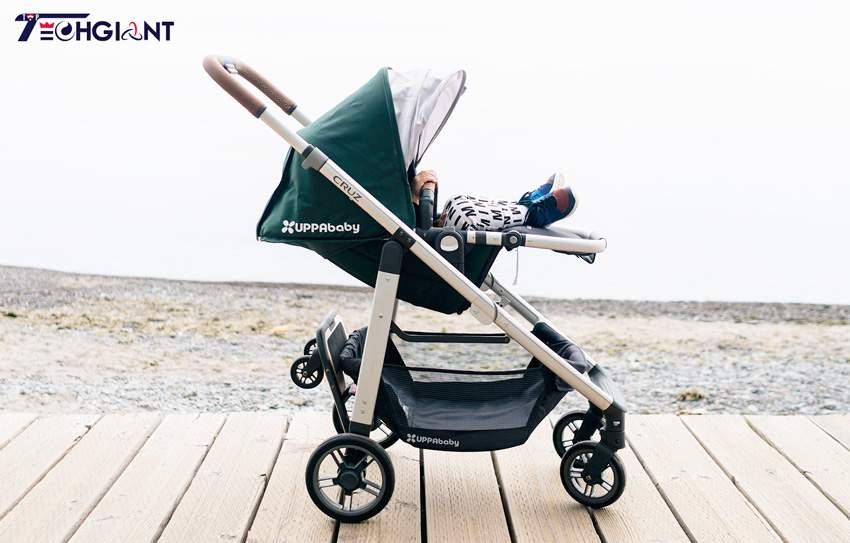
Splurge: Stroller
Buying a baby stroller is a lot like buying a car. You really need to test it out before you buy one. Depending on what your needs are, you’ll likely shell out quite a bit for a quality stroller that will last. Features you need are quick one-handed folding. Features you don’t? Loads of cup holders. Regardless, even a fairly simple stroller for a newborn will need to be of good quality.
Don’t splurge: Baby shoes
The average age for walking is somewhere around one. That being said, newborns don’t need shoes, and no child under 6 months should have hard-soled shoes. Socks are just fine for newborn babies.
Saving your money for what really counts will mean that you’ll have more money down the road for the things that really matter, like taking your child to the zoo or other memory-creating experiences. Plus, don’t forget the one thing money can’t buy, love, is the one thing your child needs the most.
The Absolute Must-Have Summer Baby Products
Here comes summer! Cue the backyard barbecues, picnics at the park, and trips to the beach. Before the temperatures rise though, it’s time to make sure you’re prepared with summer baby products. And if you know baby products at all, you know there is no shortage of things for the baby. That includes summer baby products too.
Of course, you don’t need everything but these items are the most basic must-have summer baby products to keep baby safe and comfortable outdoors.
Sunblock
The sun’s rays are stronger than ever. If you plan to be outside, make sure you slather little faces and limbs with a good sunblock for kids. Ideally, it should be waterproof should there be any chance of sitting in a kiddie pool or getting sprayed with water from older children. Make sure you reapply it throughout the day too. Most brands can last up to 80 minutes without reapplication. Read the label first.
Mosquito repellent
Summer days outdoors can be fun but they’re also buzzing with pests. Mosquitoes can carry and spread diseases. Keep your little ones safe from illness and be sure to spray them with mosquito repellent.
Stroller fan
Heat might be uncomfortable to us, but to babies, it’s even worse because they are more sensitive to temperature. The best way to keep a little one cool while you’re outdoors is to use a portable stroller fan. Simply clip it to your stroller and let it create a refreshing wind for your child.
Waterproof diaper bag
The best kinds of diaper bags are the ones that are durable for all environments. It should be waterproof so spills, splashes, and rain are no big deal. Plus, it should have room to easily carry everything from your smartphone to your car keys and everything that your baby needs. Having one that is easy to tote too is a must, especially if you’ll be doing a lot of walking.
Mesh-enclosed play pen/crib
You’ll find a great variety of portable play pens that double as cribs and vice versa. These are amazing for keeping baby safe when you’re outdoors. You can enjoy the picnic and keep your baby nearby the picnic table under the shady trees. It provides a safe sleeping space as well as a self-contained play space that’s free of ants and keeps baby from crawling away. Many of them come with mesh enclosures which, while breathable, prevent insects from getting in. Some models are lightweight and fold up in seconds, making them easy to tote along anywhere you go.
Read Also: Why Tummy Tub Considered the Best Baby Bath?
Is there a summer baby product that you find an absolute necessity? Tell us about it!
The Importance of DHA and EPA for Your Newborn
While pregnant, your doctor likely insisted you take a quality prenatal vitamin. In those vitamins, whether you noticed it or not, there were substantial amounts of omega-3s. Those are fatty acids that your body needs even when not pregnant. But during pregnancy, they are essential not just for keeping you healthy but for your developing baby inside you.
Among the most important omega-3s to consume are marine-based DHA and EPA. Fatty fish are a huge source of both DHA and EPA. Fish like salmon, sardines, mackerel, herring, and rainbow trout are all brimming with this important omega-3s which help your child’s brain develop. Consider food for your brain. It also helps the eyes develop in the womb.
When your baby is still growing in your uterus, she’ll get these nutrients passed from you through the placenta. But once she’s on the outside, how can you be sure you’re giving her the DHA and EPA levels she needs?
One of the best ways is to make sure you are getting enough yourself. Your doctor can recommend different vitamins and supplements to take that will ensure you’re giving your child the best nutrition. When you breastfeed your newborn, all those essential elements pass through your breast milk to your baby, giving her DHA and EPA and helping her brain grow. Even if you don’t breastfeed though, baby formula is fortified with DHA and EPA.
Experts say you shouldn’t just rely on your vitamins to get the proper levels of DHA and EPA into your body. They recommend you also eat enough of these omega-rich fish in your diet. That’s great for people who love fish. But what if you don’t care for fish, or you’re vegetarian or vegan?
For non-meat eaters or for those who cannot stand the taste or smell of fish, eating other foods can help ensure your naturally consuming plenty of DHA and EPA in your diet. ¼ cup of English walnuts contains 2,293 mg of omega-3s. One tablespoon of ground flax seeds will net you 1,597 mg. And 4 ounces of tofu can give you 300 mg.
When your child starts eating, you’ll want her to get 700 mg of omega-3s per day between the ages of 1 and 3. If you’re serving them to your child in the form of fatty fish, be sure to mash it carefully to ensure all bones have been removed before serving to your child.
For the best start in life, make sure your unborn child gets enough omega-3s from you to encourage healthy brain growth as well as cultivate strong eyes. Your baby’s healthy future depends on it!
Read Also: Keep Your Child Safe From Croup Cough with These Simple Solutions
Air Pollution: Should You Be Concerned?
The EPA (Environmental Protection Agency) has declared that being exposed to too much smog is dangerous. And with the weather becoming warmer and warmer, the EPA has been urging everyone to use caution when exposing themselves to the polluted air outdoors.
While smog is most common in big cities, those in suburban areas should be aware of the dangers smog can pose. Ozone is a pollutant in smog, and when ozone levels are high, it can have hugely negative impacts on your body, particularly your lungs. Smog comes from things like industrial pollutants, cars and other vehicle emissions, incinerators, and burning items out in the open.
If you’re wondering why ozone is in smog and why it is harmful, that’s because it is a helpful gas when it is in the upper atmosphere where it belongs. However, in smog, it is closer to ground level where it becomes harmful.
You should be very concerned about your health when it comes to smog. Some people brag they’ve never smoked a day in their life, but if they expose themselves to smog repeatedly, it will have the same effects as smoking does on the lungs over time.
In the short term though, smog can seriously affect your health. You may find you cough more frequently or have an irritated throat or chest. The ozone in smog agitates your respiratory system. While the effects may last for a few hours after exposure, once you think you’ve recovered, your body is still suffering from the ill effects of ozone.
For those with asthma, being concerned about air pollution is a very big deal. Asthma symptoms can worsen overexposure to smog. This exposure can lead to more frequent and severe asthma attacks. Even for those without asthma, air pollution can cause difficulty breathing and damage the lungs. Do you like to run outdoors? Doing so while there is smog about can make it even harder to breathe while you exercise. Some people will suffer the negative effects more severely than others. However, experts caution that children, elderly, and anyone with asthma are at the most serious risk.
Air pollution is something that affects us all and you should be prepared to protect yourself. The EPA has stated that most people should only concern themselves about high levels of ozone in smog. Staying informed is the best defense. Use the EPA’s Air Quality Index (AQI) to help you determine if the air is clear or polluted wherever you are. With the AQI, the air quality is rated from 0 to 300. If levels exceed 150, it is considered unhealthy. Over 200, it is regarded as very unhealthy.
While you can’t make air pollution go away, you can protect yourself. Keep your outdoor activities limited when ozone levels are rated unhealthy. And when you do go outdoors, wear a filtration mask to help keep you from inhaling the impurities. In this way, you’ll keep the smog from affecting you in the long term.
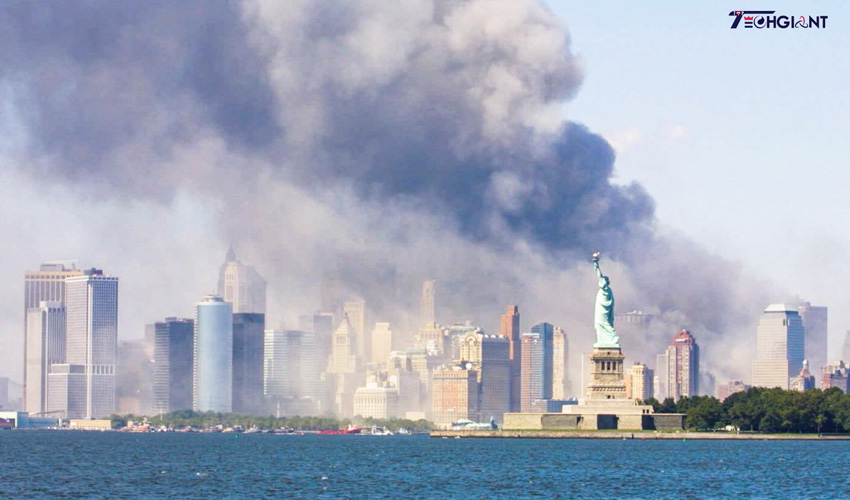
How Bad is Air Pollution in New York?
New York City is known as the “City That Never Sleeps.” It’s known for Broadway plays, the best pizza in the country, Times Square, Rockefeller Center, and much more. Despite all these golden highlights, New York is also known as a city with a great deal of air pollution.
Go to New York and you’ll be greeted with the smells of exhaust from trucks and witness plumes of smoke coming out of smokestacks. It’s not all glam and glitz here. Even though it has made massive improvements over the last 10 years, New York officials are still tasked with the environmental threats posed by the hazardous air quality in the city.
Thankfully, New York has created a strategy to unite the boroughs and help economically as well as environmentally. That strategy was aptly named OneNYC and its primary goal is to improve the lives of every New Yorker. According to its mission, this plan hopes to make New York the city with the cleanest air quality among all the other big US cities by 2030.
The fact of the matter is that most people don’t think about the air they breathe every day. Because breathing is something our bodies automatically do, it is very easy to forget the importance of this simple yet essential function. Air pollution is a very serious matter, especially in New York, where it is being treated as such.
With constant exposure to air pollution, particularly the kind of levels New Yorkers see every day, it can lead to asthma, heart disease, and lung cancer. By the city’s estimates, nearly 3,000 premature deaths each year may have been the result of the unclean air, which is greater than the current murder rate.
While ozone levels in the air certainly cause for concern, another measure of air quality is related to the number of fine particles that are found in it. These small particles make their way into the air thanks to fuel combustion, vehicle exhaust, and power plants, among notable sources. These particles are very dangerous for they can permeate deep into the lungs, causing chronic conditions like bronchitis and may even result in a hospital stay.
However, New Yorkers are some of the most enduring people on the planet. City officials have been working together with local as well as state organizations with a goal to pass regulations that reduce the pollutants found in the air. One example of this is the NYC Clean Heat program which was created in 2012 to encourage building owners to switch to fuels that burn clean. Thanks to this effort, pollution in New York City was reduced significantly. While it still may have a long way to go, it’s a motivating sign that this improvement can be brought to the attention of other places with severe smog, like Beijing for example, to fully help purify the planet.
Read Also: Safety 1st Baby Activity Walker
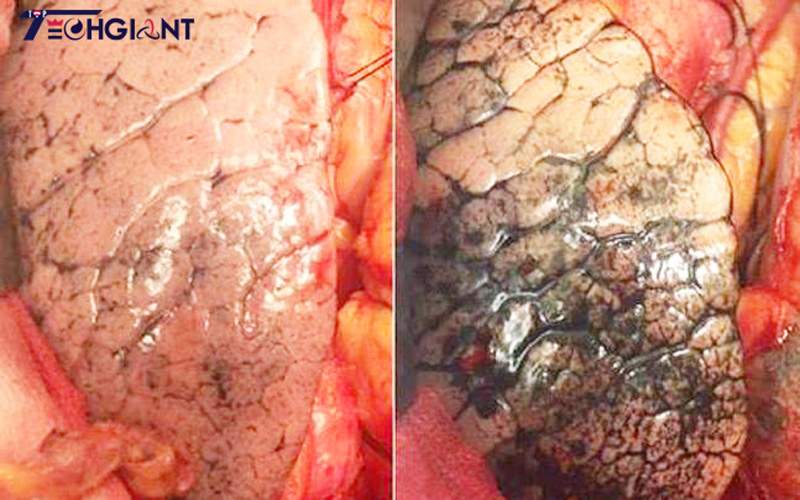
Your Lungs are Suffering from Air Pollution
According to the American Association for the Advancement of Science (AAAS), over 5.5 million people die every year due to air pollution. It’s a huge risk factor across the globe that contributes to the development of diseases such as lung cancer and heart disease.
Most people look at developing countries like India and China and point to them as a source of massive air pollution. While the effects of their growth are certainly impacting the world around them, they’re also hitting their own countries the hardest. Most of those 5.5 million people that die each year from effects related to air pollution come from those two countries.
But finger-pointing serves no purpose. Other countries are also ranked high for air pollution levels like Pakistan, Brazil, and even Japan. However, if we focus on what’s beyond our backyard, we will forget what’s in our own. Poor air quality is here in America too. And while it’s more common in larger cities like New York City and Los Angeles, it still should be a major concern for everyone in the country.
Particularly during summer when the weather is hotter, the pollution levels can become even more astounding and more dangerous for one’s health. The American Lung Association (ALA) points out that over 4 out of every 10 people live in a place where the air quality has earned the grade of “F” in 2017. They also liken the constant breathing of polluted air to getting a sunburn inside of your lungs.
For those that live near busy highways, your risk of inhaling more noxious fumes is greater. The traffic pollution these vehicles emit as they speed by can damage your lungs. While air pollution is something everyone should take seriously, it’s even more important for those with certain illnesses and conditions to limit their exposure. People with diabetes, asthma, and heart disease have more of a chance of dying early when surrounded by constant air impurities.
Additionally, areas in extreme drought are also subject to poor air quality. Rain helps keep the soil quenched, and when there isn’t enough rain, pollutants can more easily fly into the winds. Particularly, places like California and Florida get a lot of wind, and during a dry spell, wildfires are rampant. Thanks to the unpredictability of these fires, they send smoke into the air. This smoke causes irritation for eyes and lungs.
Protect your lungs on days with bad air quality by staying informed of the air quality at all times. Should the levels exceed those which are considered safe, stay indoors and limit your outdoor activities. Refrain from opening windows and opt for using your air conditioner instead. Consider using an air filter to ensure the air quality in your home is a better quality than what is just outside your door to keep your lungs as healthy as possible.
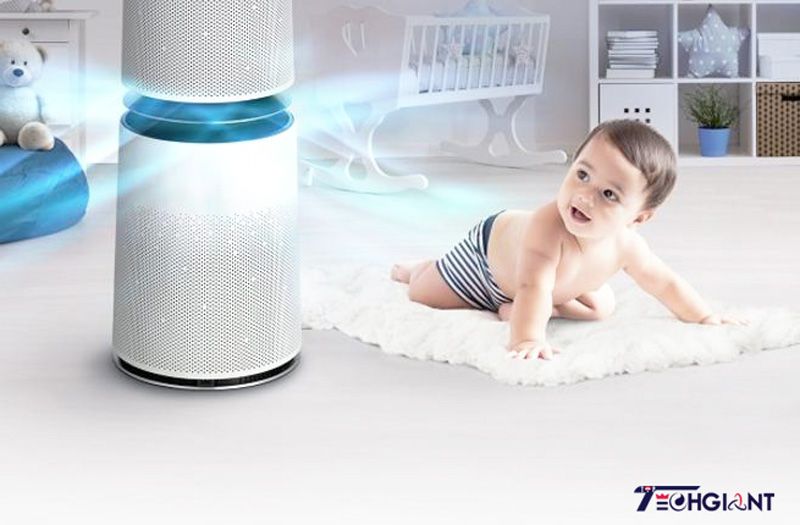
How Effective are Air Purifiers?
We all know the dangers of air pollution outdoors. But what about in our own homes? The EPA (Environmental Protection Agency) recommends reducing the contaminants in your home by ridding the sources of that pollution. They advise increasing ventilation to rid your home of bad air.
Of course, opening windows is not an option when the air outside is ranked as dangerous. That’s where air purifiers come in. But how effective are they really? You’ll be glad to know that the EPA promotes the use of air purifiers to help keep your indoor air clean.
But there’s something you should know about air purifiers. You’ll need to keep the air clean in your home by properly ventilating it from your appliances, which can be tricky with more modern homes thanks to energy efficiency. So a combination of ventilation, opening windows, and running an air purifier combined is what is recommended.
Air purifiers may be responsible for helping to remove airborne particles including allergens. But a great many air purifiers aren’t qualified to remove gases, like ozone, wafting through your home. So while they can remove smaller particles from your home’s air, they often miss the larger ones. It’s all a matter for gravity which pulls these larger particles to the ground more rapidly, which prevents the purifier from getting a hold of it.
Despite this though, there are air purifiers that are helpful in improving your indoor air quality. So long as you find a high-quality air purifier, you’ll wind up with a more air-purified home. According to research, good quality air purifiers are capable of reducing the small particles in your air, like those from pet dander or dust mites, by up to 90%.
When it comes to mold, some air purifiers might be helpful in drawing mold particles out of the air. However, when it comes to mold spores, they are ineffective in killing them. It is possible to trap them, and in that case, it’s recommended you change the filter outside your home to prevent spreading these trapped mold spores and particles back into your home’s air.
Air purifiers cannot do it all alone, however, they are still extremely useful to help keep your home’s air as clean as is possible in your area. The quality of the air purifier along with proper use is how it will be most effective for you. When you use an air purifier, remember to use it along with other methods for keeping the air inside your home clean.
What to Read Next:
- Best Double Jogging Strollers 2026 – Best strollers for infant and toddlers
- Best Baby Monitor 2026- 10 Smart Baby monitors for Sensitive Parents
- Top 5 Baby Proofing Products Every Parent Needs
- Safety 1st Baby Activity Walker – What I Was Looking For in a Baby Walker
- Common Sleep Issues Among Toddlers and Tips To Help Toddler Sleep
- Why is a Tummy Tub Considered the Best Baby Bath?
- Keep Your Child Safe From Croup Cough with These Simple Solutions
Leave a Reply